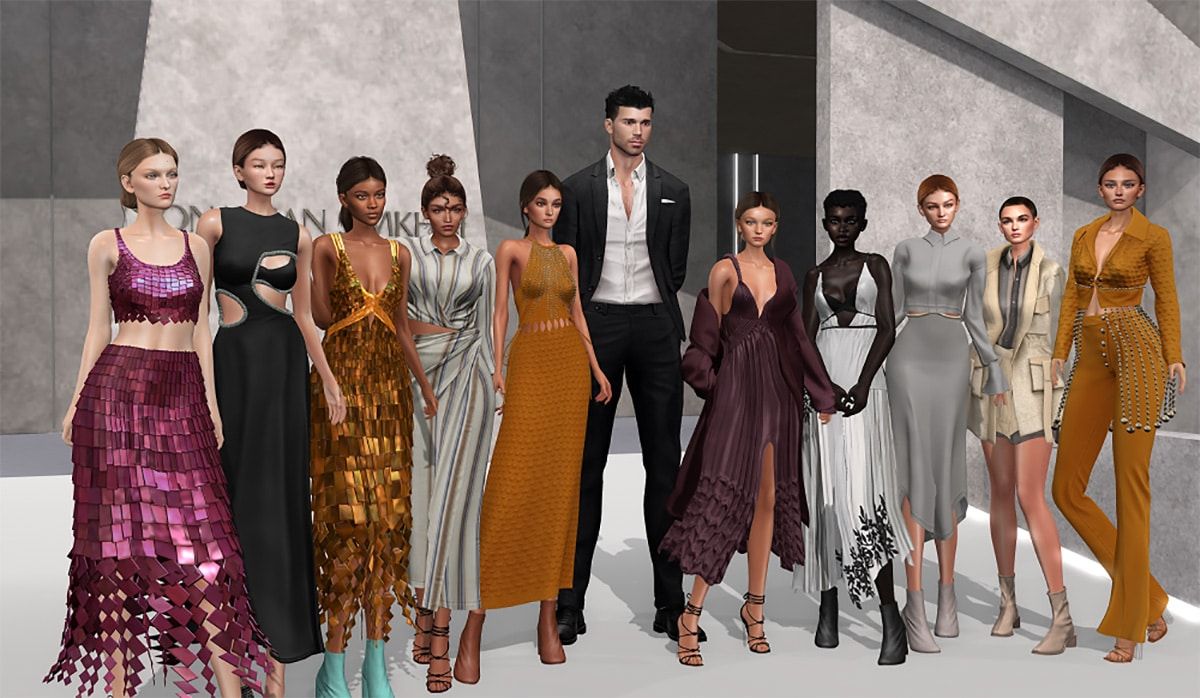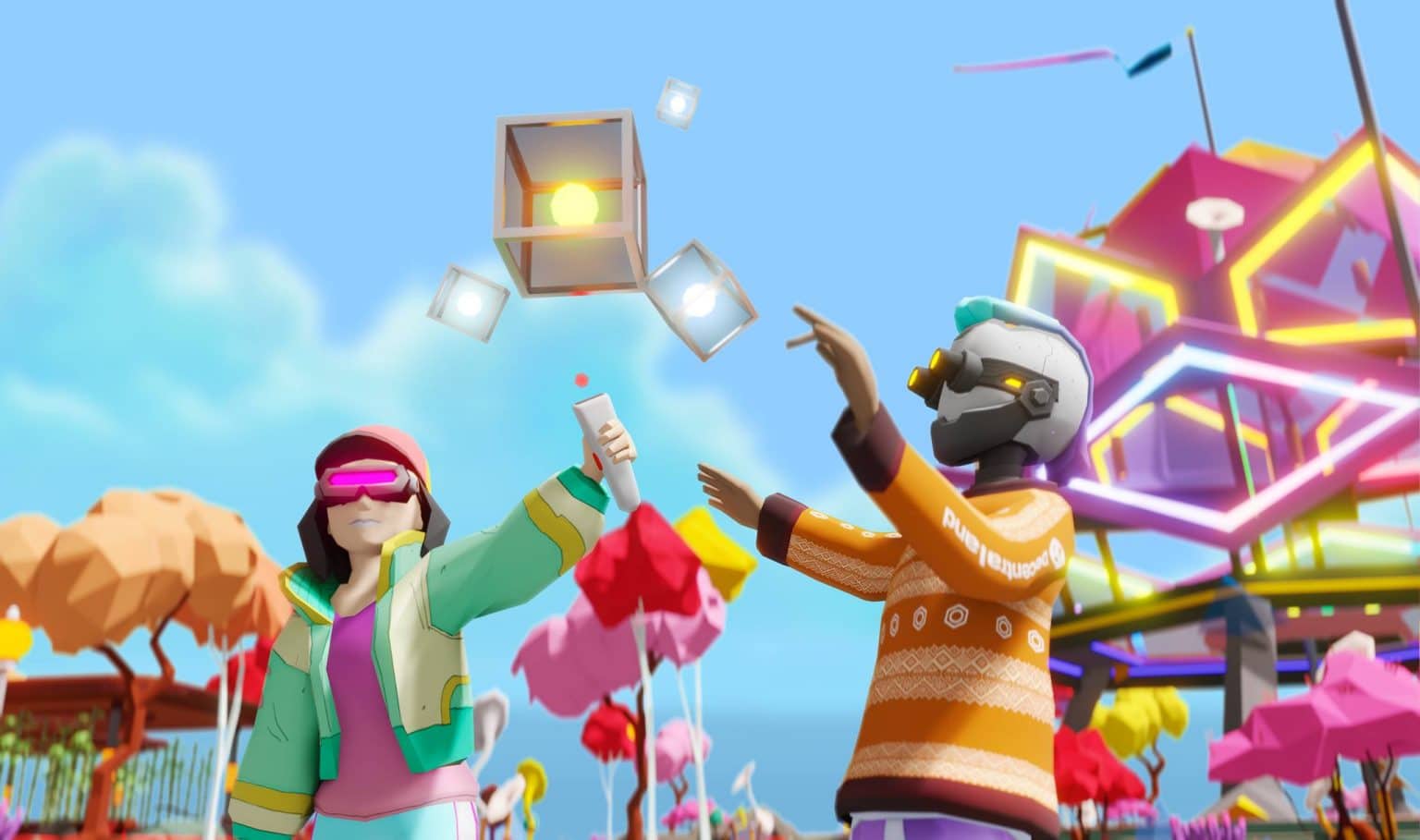After video games and other NFTs, fashion is now getting into the metaverse with the very first virtual Fashion Week organised by Decentraland last March.
Fashion Week usually means red carpets, celebrities and fashion houses, each more inventive than the last. But this year, it is taking a new step and breaking the mould with the first ever Fashion Week organised in the metaverse. It took place from 23 to 27 March 2022.
Decentraland is a decentralised 3D virtual reality platform consisting of 90,601 parcels of land. These are actually non-fungible tokens that can be purchased using the MANA crypto-currency (this crypto-currency is based on the Ethereum blockchain). Prior to Metaverse Fashion Week, the platform hosted designers who presented various collections in order to attract the interest of metaverse users. For example, Jonathan Simkhai presented his collection in Second Life just before New York Fashion Week.

After the show, the designers revealed that they had been victims of their own success, as their clothes were in great demand from people looking for something new to wear with their avatars.
Nearly 70 brands, artists and designers participated in this Metaverse Fashion Week, including big names such as Dolce&Gabbana, Etro, Tommy Hilfiger, Cavalli and IKKS. It was an opportunity for brands to get a foot in this virtual world that is attracting more and more followers.
The MVFW was kicked off by Selfridges, which opened its flagship store in Decentraland on 23 March at 10pm. The venue offered an immersive experience combining the worlds of Paco Rabanne and the colourful geometric shapes of Victor Vasarely.
Voir cette publication sur Instagram
The rest of the events took place in the UNXD Luxury District, a new commercial district “inspired by Avenue Montaigne” inaugurated on Thursday 24 March at 3pm, on the occasion of an Opening Party organised with Dolce&Gabbana. The local catwalk hosted Etro and Placebo, then Vogu&Hype and French Couture on Saturday, and finally The Fabricant and Dundas on Sunday. Avatars walked the catwalk in outfits, some of which could be bought and worn by the audience, and some of the virtual pieces also had their real-world counterparts.















